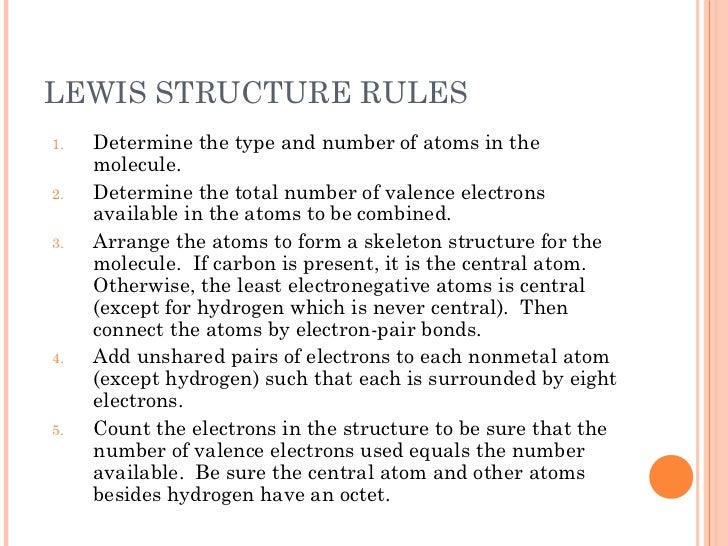The atomic structure of boron, element number 5 in the periodic table, displays a full inner shell of two electrons, with three electrons in the outermost shell, giving the atom three valence electrons available for bonding. In this respect, it resembles aluminum, the next element in the boron group; however, unlike aluminum, it cannot donate electrons to other atoms to form an ionic bond featuring a B3+ion, as the electrons are too tightly bound to the nucleus. Boron generally does not accept electrons to form a negative ion, so it does not normally form ionic compounds — the chemistry of boron is essentially covalent. The electron configuration and consequent bonding behavior also determines the crystalline structure of boron in its various elemental forms.
Name: Boron Symbol: B Atomic Number: 5 Atomic Mass: 10.811 amu Number of Protons/Electrons: 5 Number of Neutrons: 6 Date of Discovery: 1808 Discoverer: Sir Humphry Davy, J.L Gay-Lussac. Boron is a chemical element with atomic number 5 which means there are 5 protons and 5 electrons in the atomic structure. The chemical symbol for Boron is B. Significant concentrations of boron occur on the Earth in compounds known as the borate minerals. Boron carbide (B 4 C) Boron nitride (BN) Boron tribromide (BBr 3) Boron trichloride (BCl 3) Boron trifluoride (BF 3) Boron trioxide (B 2 O 3) Interesting facts: It does not occur freely in nature in its elemental form. It is found in borax, boric acid, colemanite, kernite, ulexite and borates. It is sometimes found in volcanic spring waters. Periodic table is arranged by atomic number, number of protons in the nucleus which is same as number of electrons. The atomic number increases from left to right. Periodic table starts at top left ( Atomic number 1) and ends at bottom right (atomic number 118). Therefore you can directly look for atomic number 5 to find Boron on periodic table.
Boron Number of Valence Electrons. Leave a Comment Cancel reply. Name Email Website. Save my name, email, and website in this browser for the next time I.

Downloading free movies for mac. Boron compounds can often be described as “electron deficient,” in that there are fewer electrons involved in bonding than are required for normal covalent bonds. In a single covalent bond, two electrons are shared between atoms and in most molecules, the elements follow the octet rule. The structures of boron compounds such as boron trifluoride (BF3) and boron trichloride (BCl3), however, show that the element has only six, and not eight, electrons in its valence shell, making them exceptions to the octet rule.
Boron Number Of Electrons In N 1
Unusual bonding is also found in the structure of boron compounds known as boranes — investigation of these compounds has resulted in some revision of chemical bonding theories. Boranes are compounds of boron and hydrogen, the simplest one being the trihydride, BH3. Again, this compound contains a boron atom that is two electrons short of an octet. Diborane (B2H6) is unusual in that each of the two hydrogen atoms in the compound shares its electron with two boron atoms — this arrangement is known as a three-center two-electron bond. More than 50 different boranes are now known and the complexity of their chemistry rivals that of the hydrocarbons.
Elemental boron does not occur naturally on Earth and it is difficult to prepare in pure form, as the usual methods — for example, the reduction of the oxide — leave impurities that are difficult to remove. Although the element was first prepared in impure form in 1808, it was not until 1909 that it was produced in sufficient purity for its crystalline structure to be investigated. The basic unit for the crystalline structure of boron is a B12 icosahedron, with — at each of the 12 vertices — a boron atom bonded to five other atoms. The interesting feature of this structure is that the boron atoms are forming half-bonds by sharing one electron instead of the usual two electrons in a covalent bond. This gives the boron atoms an effective valency of 6, with one extra bond available at each of the vertices to allow them to bond to adjacent units.

Boron Number Of Electrons In N=3
Icosahedra do not pack together tightly, and leave voids in the crystal structure that can be filled by atoms of boron or other elements. A number of useful boron-metal alloys and boron compounds featuring B12 icosahedra in combination with other elements have been produced. These materials are noted for their hardness and high melting points. One example is aluminum magnesium boride (BAM), with the chemical formula AlMgB14. This material has the distinction of having the lowest friction coefficient known — in other words, it is extremely slippery — and is used as a hardwearing, low friction coating for machine parts.
